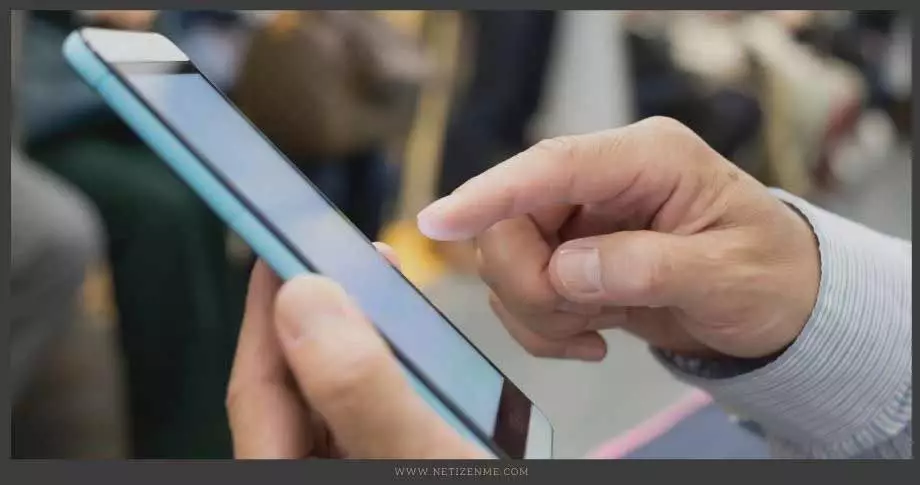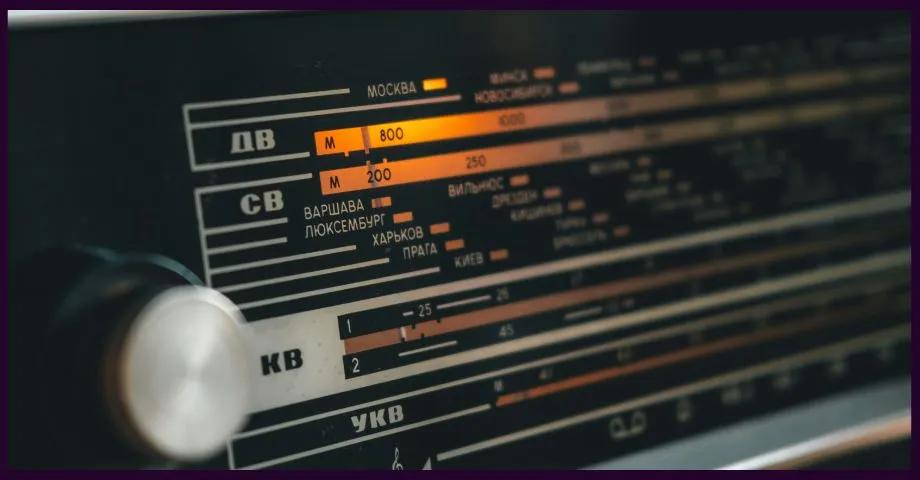The well-known on-demand Uber model is now present in a variety of industries, including healthcare and groceries. However, simply replicating this concept in a different market niche will not suffice to make it successful. When it comes to delivery on order, there are numerous pitfalls that must be taken into account. According to PWC reports, by 2025, the market share of on-demand mobile apps and websites is expected to reach an astounding $335 billion. Undoubtedly, a lot of would-be business owners are considering entering this delivery sector. Are you also the one, Are you interested in the delivery app development costs? We will undoubtedly address that shortly. Let’s carry on with our tale.
What is an On-Demand Service App?
Let’s quickly review the definition of an on-demand app. To put it simply, an on-demand app allows the user to order any kind of service or goods and have it delivered right to their door. This includes food, cleaning services, drives, and anything else you can think of.
In essence, this response to the question “What is an On-Demand Service App?” It is a mobile application that serves as a conduit between users and their needs. We’ll briefly discuss a few of the many components that connect consumers to goods and services outside of a mobile application.
Why The On-Demand Apps?
A wave of mobile-first, experience-focused start-ups emerged in the wake of Uber. This technology appeals to its users for specific reasons. Among them are:
Quick Access
A classic on-demand app allows you to virtually order a service with a few taps from anywhere. Anytime you want, as long as your smartphone has an Internet connection, you can order sushi, a cab, makeup, etc.
Elevated Level of Management
The majority of on-demand delivery apps come with an interactive map function that lets users follow the delivery. Users are simultaneously given a sense of control and comfort by this map.
Payments within apps
Users of on-demand applications can pay for products and services from a mobile app with a credit card or debit card. We have grown accustomed to using payment systems inside of apps since they offer multiple security layers. To begin with, an audit will be carried out by Apple and Google prior to an app being released to the general public. Users feel especially secure when using a mobile app to make payments. If you had to choose between making a payment through the app or being sent to a payment gateway page, which would you prefer?
Market Analysis For On-Demand Apps
The market for on-demand delivery apps is nothing new, and given the current state of affairs, there is an app for practically anything. But since most of these apps only work in a small geographic area, not many of them are well-established. Here are a few exceptions, though. UberEats is expanding quickly and is currently available in over 50 cities across 13 countries. Let’s look at the most well-liked subcategories of on-demand delivery services:
Delivery of Packages
Businesses such as Shyp, Uber, and Doorman have found it difficult to offer enough volume because it is frequently insufficient to assign a driver to a single pick-up location in order to cover delivery expenses. Roadie has resolved this issue. It provides crowdsourced delivery services through people who are already on their way to deliver instead of
Grocery & Food Delivery
Two excellent examples of food and grocery delivery services are Instacart and Postmates. Instacart focuses on food delivery. They hire personal shoppers, or contractors, to make purchases and deliver goods to clients. Postmates delivers groceries and other on-demand items with the assistance of their own delivery personnel.
Delivery to Retailers
These days, a lot of people buy things online using smartphones and tablets, so some of the biggest retailers have jumped on the on-demand delivery bandwagon. For instance, Amazon Prime members can take advantage of same-day delivery in over 10,000 cities. Numerous startups are also creating on demand delivery app exclusively for physical stores. For instance, Deliv pays independent contractors to transport goods from stores and shopping centers.
On-Demand Delivery App Development Cost Breakdown
Our daily consumer app, which is an on-demand app, ties us to a particular service provider. Service providers also require an app in order to respond and provide the service.
In order to track orders and other information, the company that charges a cut-off service provider fee also needs a web-based dashboard tool. Let’s take a closer look at the three main components that make up any typical on-demand delivery service app and their respective on-demand application development costs.
We’ll concentrate on the feature sets found in:
The User App
The Application for Service Providers
The Web-Based Dashboard
Let’s get into the specifics now.
The Consumer-Facing App Costs About $37,000

User Listing
Any application that allows users (consumers) to add, edit, and remove personal information like names, photos, interests, and other details is called a user profile. The application’s registration and authentication are also contained in each section!
Qualities:
Email registration and login
Using a social network to register and log in
Notifications of Friends’ Invitations
The profile of the customer
Getting into the profile of the service provider
For consumer-facing mobile applications, the average cost of designing and developing a profile page is approximately $3,000/-.
Map
These days, it’s uncommon to find a mobile application that doesn’t proudly display a map screen with lots of moving parts and interactive features. Two essential features of the on-demand apps are displayed on the map screen: They display real-time delivery along with the locations of the service providers.
Qualities:
A Map Display That Interacts
A way to navigate to the order information page
For consumer-facing mobile applications, the average cost of designing and developing a map is approximately $7000.
Chat
Direct communication between service providers and clients would be possible with the adoption of a widely accessible chat SDK. On the market, there are numerous chat SDKs. But it’s always advisable to go with the best option
The Service Provider App Costs About $30,000/-
It would seem sense that a service provider’s app would be far less complicated than an on-demand app for a customer. But the whole show is for the audience, right? Without consumer demand, there would be no reason to begin the antics of on-demand in the first place, isn’t there?
However, on-demand behemoths such as Uber think otherwise. The company just released a new app for its drivers. We’ve extracted the keynote and some information about their engineering team’s global interactions with Uber drivers. Uber completely updated the driver Uber app and added 60 new enhancement features as the result of this partnership.
Profile
Like the consumer, service providers are also interested in knowing who their client is. Customer profiles should be accessible through the app. Furthermore, service providers ought to have the ability to update their data.
Market Place
The marketplace within an app is what makes a supplier app functional. Here, service providers primarily use the app to look for gigs and the perfect client. The marketplace segment is unique to service providers because it frequently includes live updates and additional features like back-office communication.
Final Thoughts
Thus, we can conclude that obtaining an On-Demand Delivery App typically costs approximately $91,000. However, depending on the company you work with to develop your app and their level of experience, the costs could end up being a little high or low. Your requests and feature requirements also affect the application’s total cost!
This article is written by:
Yokesh Shankar
Glad you are reading this. I’m Yokesh Shankar, the COO at BlockchainX, one of the primary founders of a highly creative space. I'm more associated with digital transformation solutions for global issues. Nurturing in Fintech, Supply chain, AR VR solutions, Real estate, and other sectors vitalizing new-age technology, I see this space as a forum to share and seek information. Writing and reading give me more clarity about what I need.



